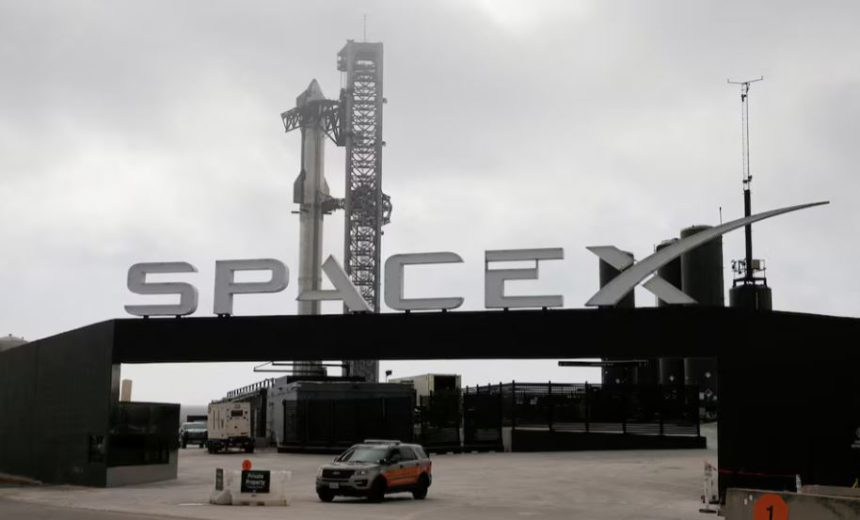The U.S. Federal Aviation Administration (FAA) announced on Tuesday, June 4, 2024, that it has issued a license for SpaceX’s fourth flight of its Starship rocket system. This mission is another step in SpaceX’s ongoing efforts to develop a reusable satellite launcher and moon lander.
SpaceX, owned by Elon Musk, aims to launch its nearly 400-foot-tall (122-meter), two-stage Starship as early as Thursday at 7 a.m. CDT (1200 GMT) from its facilities in South Texas. Previous flights in the company’s test-to-failure development campaign have launched from this site.
Starship is central to the future of SpaceX’s satellite launch and astronaut business. The fully reusable rocket is designed to be more cost-effective and powerful than the company’s current workhorse, Falcon 9. NASA plans to use Starship later this decade to land the first crew of astronauts on the moon since 1972.
Each Starship test has progressively met more of its objectives before experiencing a failure. The first launch in April 2023 exploded minutes after liftoff, while the most recent flight in March disintegrated in Earth’s atmosphere during reentry from space.
For Thursday’s launch, the rocket system’s first stage, called Super Heavy, will ignite its 33 Raptor engines for liftoff, then separate from the Starship second stage, which will continue further into space. The Super Heavy booster will then reignite some engines and return toward the Gulf of Mexico for a “soft splashdown,” simulating a landing that would otherwise occur on land.
In space, Starship will orbit the globe and head for the Indian Ocean, where it will attempt to survive the intense heat of atmospheric reentry, a critical phase where it previously failed. “The main goal of this mission is to get much deeper into the atmosphere during reentry, ideally through max heating,” Elon Musk, CEO of SpaceX, wrote on X on Saturday.
Starship is equipped with hundreds of small black tiles on its exterior to shield it from the extreme heat encountered during reentry at hypersonic speeds.
The rapid development of Starship is crucial for SpaceX, as it is a key component of NASA’s moon program, which competes with China’s lunar ambitions.
(Reuters)















